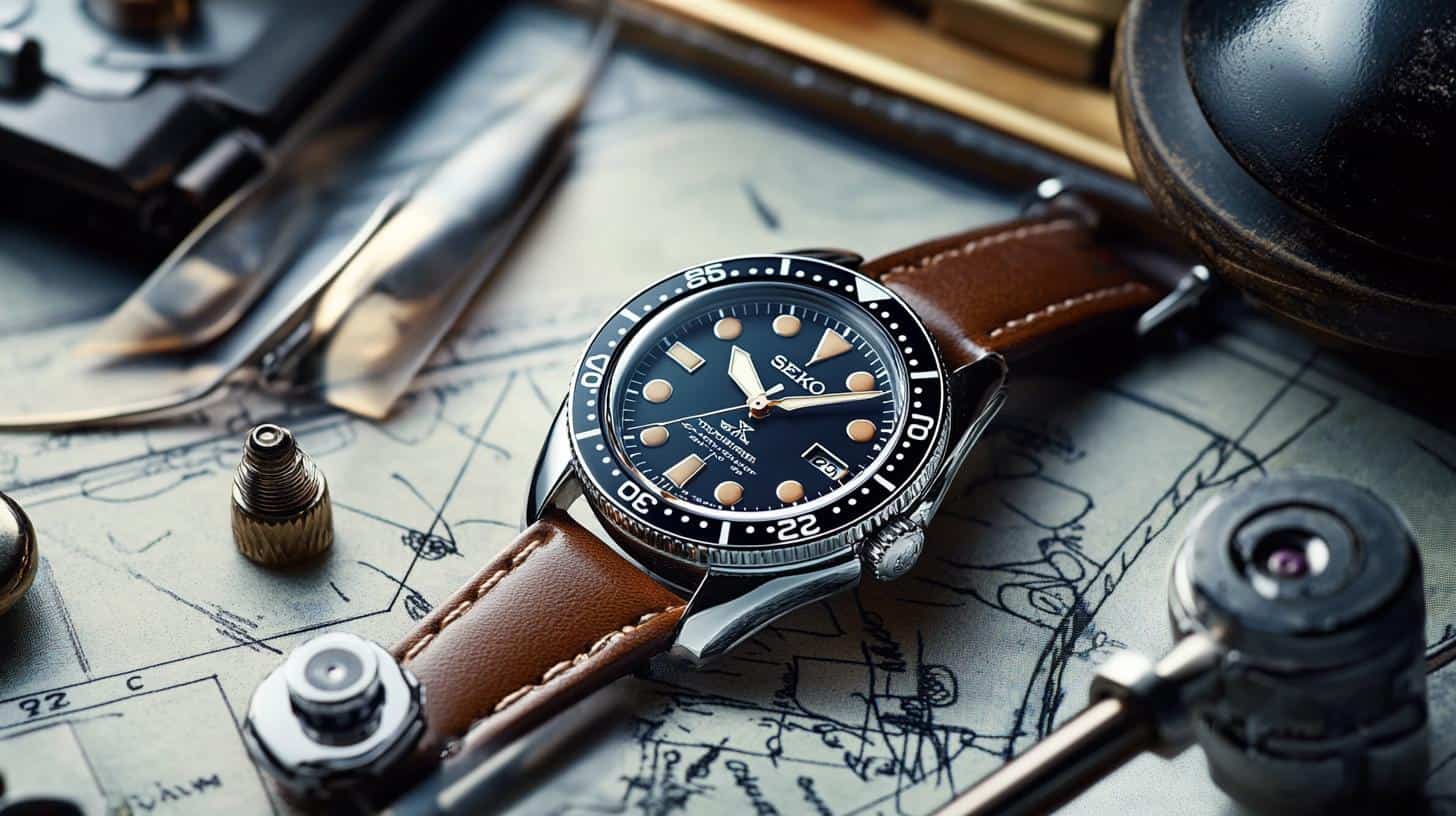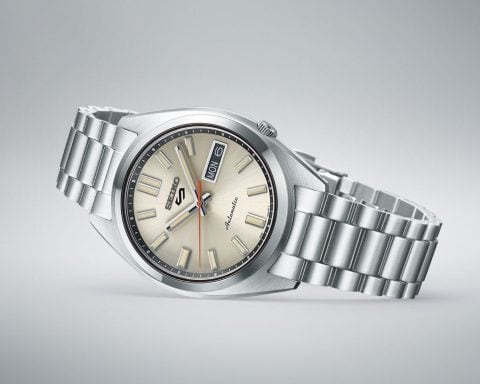Seiko watches are renowned for their precision, craftsmanship, and innovation, but have you ever wondered where these iconic timepieces are made? Known for revolutionising the watch industry, Seiko remains a prominent name among watch enthusiasts worldwide.
Seiko watches predominantly originate from Japan, a country known for its dedication to technology and quality in manufacturing. The company’s headquarters is in Tokyo, and its main production facilities are scattered within Japan, primarily in Shiojiri and Morioka. Both of these locations are central to Seiko’s mission of producing high-quality watches that blend tradition with advanced technology.
Not all Seiko’s production is confined to Japan, however. Seiko also operates a manufacturing plant in Malaysia, which focuses on producing some of the more affordable lines to meet the demands of various markets across the globe. This strategic placement allows Seiko to maintain its competitive pricing while adhering to its stringent quality control standards.
A remarkable aspect that distinguishes Seiko from many other watchmakers is its vertically integrated manufacturing. Seiko makes almost every component in-house, allowing them full control over the production process to ensure flawless precision and quality. From the intricate assembly of quartz movements to the crafting of their renowned Grand Seiko mechanical watches, each timepiece is a testament to Seiko’s commitment to excellence.
By blending its rich heritage with cutting-edge technology, Seiko has grown into a global watchmaking powerhouse, continuing to attract both seasoned collectors and everyday wearers. Whether crafted in the heart of Japan or assembled in Malaysia, Seiko watches remain a symbol of exceptional design and reliable performance.
Unveiling Seiko’s Legacy: Beyond Borders and Into the Future
Seiko’s strong presence in the global watch market is a fascinating tale of tradition meeting innovation. While the origins of Seiko watches are largely tied to Japan, the strategic expansion into Malaysia is not merely about cost-effectiveness. This move underscores Seiko’s commitment to accessibility without compromising quality. But what does this mean for consumers and the broader watch industry?
The decision to manufacture in Malaysia reflects the growing trend of decentralising production to manage costs and meet diverse market needs. For consumers, this means more affordable Seiko watches with the hallmark precision and craftsmanship intact. However, some purists argue that Seiko watches produced outside Japan lack the ‘authentic Japanese’ touch, sparking debates among watch enthusiasts.
What are the advantages of Seiko’s manufacturing approach? The company’s vertically integrated setup allows it to oversee every aspect of production. This not only guarantees the highest standards but also fosters innovation. The introduction of technologies like the Spring Drive, which combines mechanical movements with electronic precision, exemplifies Seiko’s continuous innovation.
Yet, challenges remain, particularly in balancing brand heritage with modernisation and cost management. Can Seiko sustain its reputation for quality in diverse global markets without diluting its brand essence?
Related controversies? The ‘Made in Japan’ label is often leveraged as a mark of superior craftsmanship. Consequently, Seiko’s Malaysian-produced lines sometimes face perception challenges, even when offering high quality.
For more information on Seiko, visit their official website: Seiko.

















